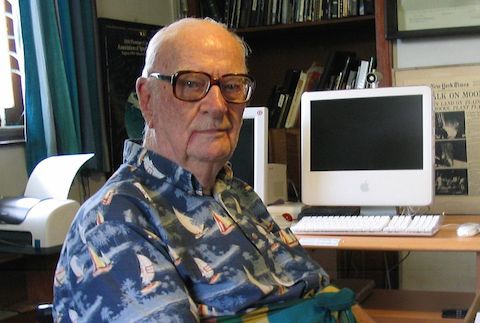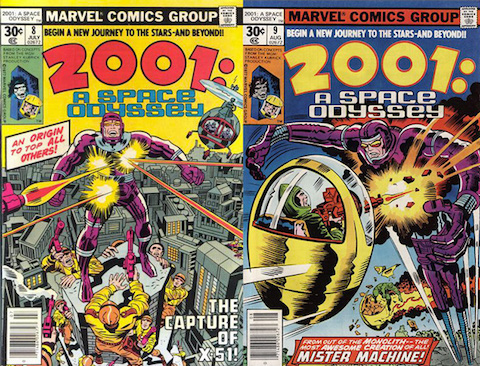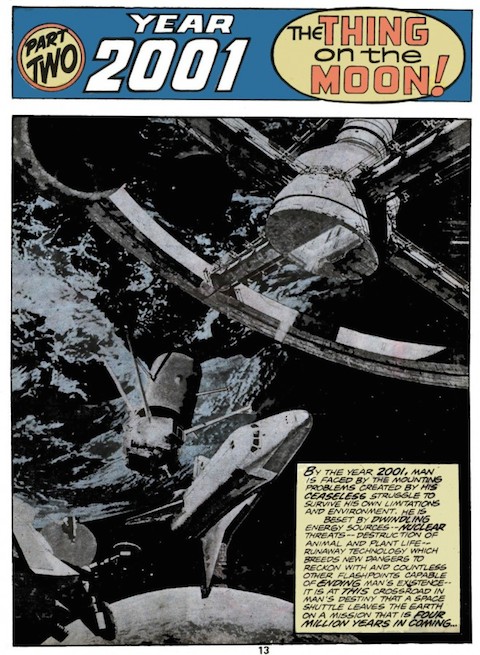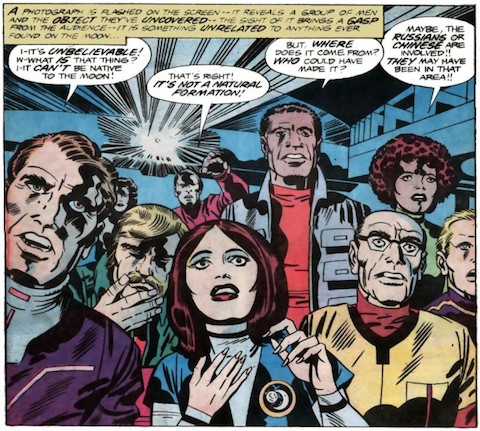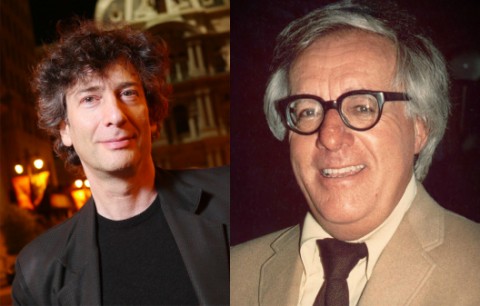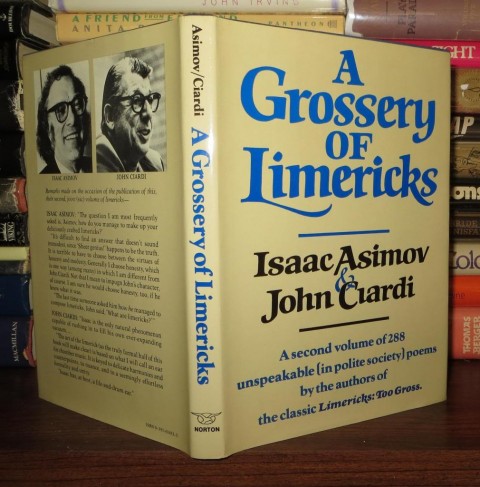Ray Bradbury, author of The Martian Chronicles and Fahrenheit 451, contributed to science fiction a highly distinctive voice; the now departed Leonard Nimoy, Star Trek’s Mr. Spock, also contributed to science fiction a highly distinctive voice. In the mid-seventies, a pair of record albums came out that together offered a truly singular listening experience: the voice of Bradbury in the voice of Nimoy.
1975’s The Martian Chronicles and 1976’s The Illustrated Man contain Nimoy’s renditions of two well-known stories, one per side, from each of Bradbury’s eponymous books. At the top of the post, you can hear The Martian Chronicles’ “There Will Come Soft Rains” and “Usher II.” At the bottom of the post, we have The Illustrated Man’s “The Veldt” and “Marionettes Inc.”
In our internet age, with its abundance of downloadable audio and mobile media delivery systems, we’ve grown thoroughly accustomed to the idea of the audio book. But 40 years ago, in the age of twelve-inch vinyl discs that could barely hold 45 minutes of content, the fully realized concept must have seemed more like something we would thrill to Bradbury himself writing about, or Nimoy himself using on television. But the visionaries in this case worked at the record label Caedmon, “a pioneer in the audiobook business,” according to the Internet Archive, “the first company to sell spoken word recordings to the public,” and “the ‘seed’ of the audiobook industry.” They grew famous putting out recordings of literary luminaries reading their own work: Dylan Thomas reading Dylan Thomas, T.S. Eliot reading T.S. Eliot, Gertrude Stein reading Gertrude Stein. But to my mind — or to my ear, anyway — the best of it happened at the intersections, like this one, of an era-defining author, and a different era-defining reader.
Related Content:
Leonard Nimoy Narrates Short Film About NASA’s Dawn: A Voyage to the Origins of the Solar System
Ray Bradbury: “The Things That You Love Should Be Things That You Do.” “Books Teach Us That”
Ray Bradbury: Story of a Writer 1963 Film Captures the Paradoxical Late Sci-Fi Author
Ray Bradbury Gives 12 Pieces of Writing Advice to Young Authors (2001)
Ray Bradbury: Literature is the Safety Valve of Civilization
Colin Marshall hosts and produces Notebook on Cities and Culture and writes essays on cities, language, Asia, and men’s style. He’s at work on a book about Los Angeles, A Los Angeles Primer. Follow him on Twitter at @colinmarshall or on Facebook.
